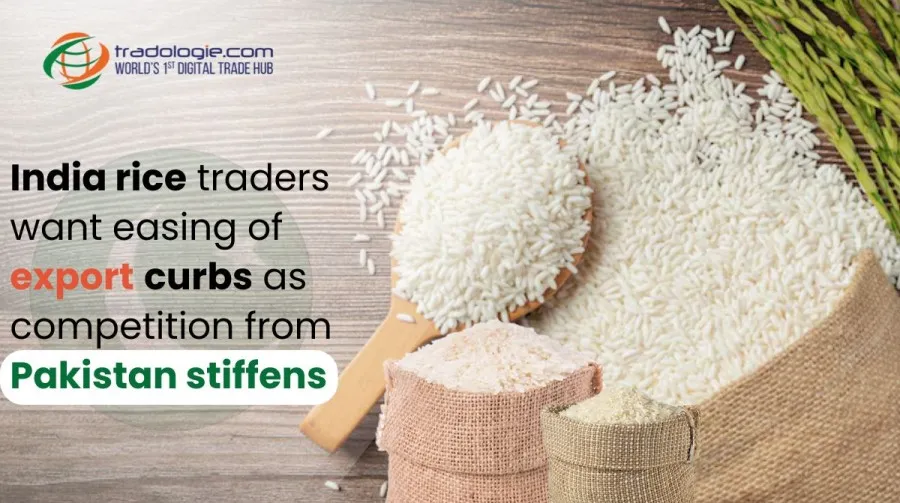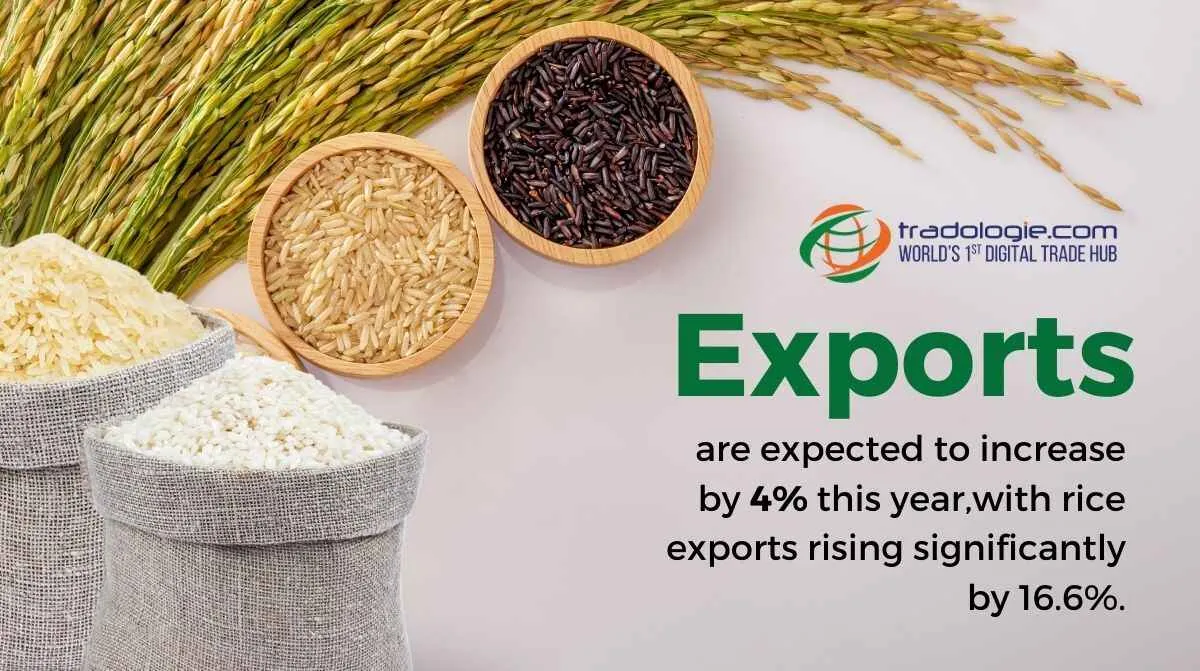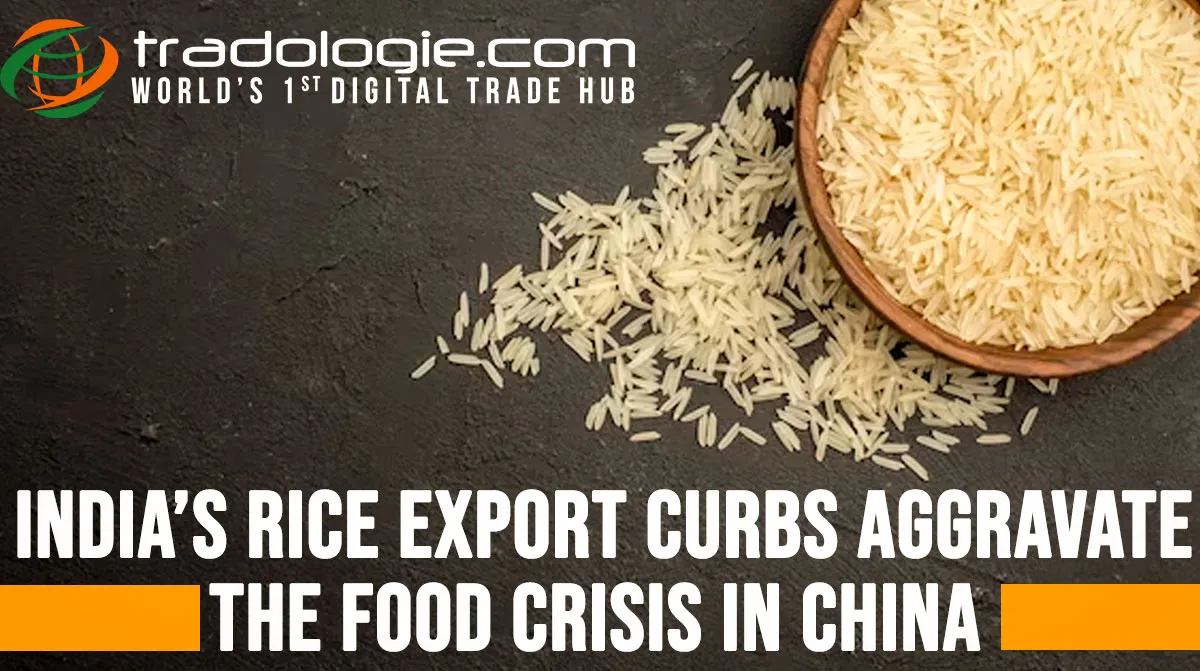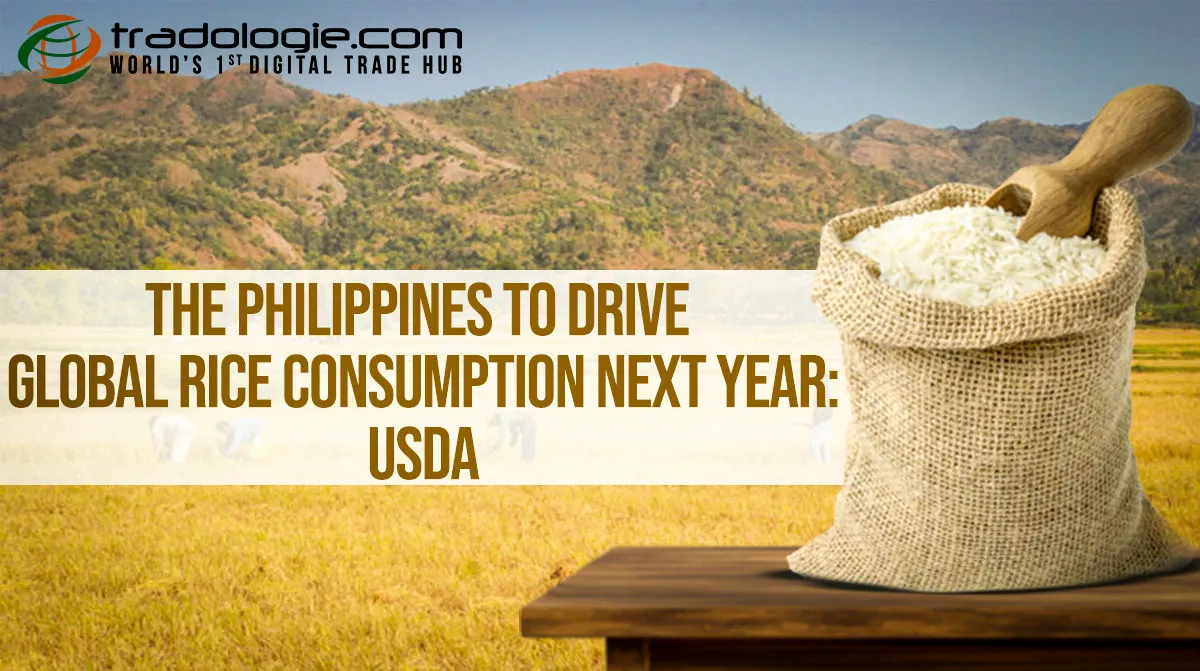India, the world's leading rice exporter, is currently grappling with pressures from domestic traders who are pushing for a relaxation of export restrictions. As the country anticipates a robust harvest, the focus has shifted towards how these developments might affect the global rice market and the role of rice suppliers in navigating these changes.
Domestic Pressure and Export Restrictions
Indian traders are urging the government to reconsider its export policies, particularly the minimum export price set at US$950 per tonne for premium basmati rice. The All India Rice Exporters Association (AIREA) has suggested lowering this threshold to US$750 per tonne to align with the expected bumper crop. Presently, India allows exports of only basmati and parboiled rice, with a 20% export tax imposed last year. This tax was introduced to prevent domestic shortages caused by unpredictable weather patterns. Moreover, exports of non-basmati rice varieties have been banned, impacting global availability.
Market Share Concerns
India's dominant position in the global rice market, accounting for around 40% of global shipments, is at risk. The export restrictions, which included a ban on white rice and broken rice, have already disrupted about 30% of its rice exports. With government stocks at a high and production expected to reach around 9 million metric tons this year, the pressure to lift these restrictions is mounting. Traders fear losing market share to competitors like Pakistan, which has been exporting rice at lower prices.
Implications for the Global Rice Market
1. Potential Price Adjustments: If India reduces its export prices or eases restrictions, there could be a significant shift in global rice pricing. Lower prices from India could potentially drive down global rice prices, affecting both exporters and importers. For bulk rice exporters, this might mean increased competition and the need to adjust pricing strategies to stay competitive.
2. Supply Chain Dynamics: The ongoing export curbs and the recent shipping disruptions, exacerbated by geopolitical tensions in the Middle East and a global container shortage, have added complexity to rice supply chains. Rice suppliers will need to navigate these logistical challenges carefully to ensure timely and cost-effective deliveries
3. Market Share Redistribution: With India's potential easing of export restrictions, there could be a reshuffling of market share among major rice-exporting countries. Pakistan, for instance, might gain a larger share of the market if Indian prices remain high. Rice suppliers may need to strategize on sourcing and supply chain management to adapt to these shifts.
4. Future Policy Risks: The uncertainty surrounding future export policies could impact long-term planning for rice suppliers. The possibility of further restrictions or changes in export regulations could necessitate more flexible and adaptive strategies to mitigate risks.
Conclusion
The pressure on India to relax its export restrictions presents both opportunities and challenges for the global rice market. For bulk rice exporters, staying informed about these developments and adapting to the changing landscape will be crucial. Monitoring policy shifts and adjusting strategies in response to market dynamics will be key to maintaining a competitive edge in the evolving global rice trade environment.
If you want to export or import agro commodities in bulk, Tradologie.com is the best B2B platform. It facialites the bulk transactions without any middlemen through its state-of-the-art SaaS platform. Visit www.tradologie.com to explore B2B export opportunities and stay updated with the latest trends in the industry.
To register as a buyer, click here . To register as a seller, click here .





